Beauty Tips
Who’s Your Worst Enemy When Choosing A Perfume?
Why have the words ‘perfume’ and ‘French’ been said in the same breath for centuries? Nowadays if you ask most people in the perfume industry, why do they say that the world’s perfume capital is Grasse? Considering that perfumery was developed in Grasse as an offshoot of the leather-tanning industry to mask the strong and very unpleasant scent of fine leather goods such as gloves, how can this be possible?

Furthermore, Spain had a much older perfumery tradition; well established since the 10th century. This tradition was brought by the Arabs who translated the Egyptian Eber Papyrus (1500 BC) – amongst other botanical compilations – which gathered the origins of alchemic aromatherapy and perfumery. By the time Grasse was starting to grow crops in order to perfume their leather goods, Italy and Spain had been growing a cornucopia of aromatics plants for centuries while botanists, alchemists and apothecaries had studied these plants, refined extraction processes and experimented with blends. Therefore, there must be another reason why perfume went from a smell-good recipe to ‘liquid poetry’ in France, and why modern perfumery thrived and gained international prestige in that country — just there.

One word: Marketing. And there’s a name behind it:
Catherine de Medici.
When Catherine Medici married Henri II of France she brought her family’s perfumery treatises (closely related to alchemy) that were translated and shared with all their botanical refinement – giving the way to the luxury trade. However, the true turning point came with Louis XIV, the scent-crazy king who was determined to transform his court into the crucible of elegance bringing the prestige and excellence of luxury trade to France. Funnily enough, this spectacular marketing strategy was a very deliberate political endeavour…
Since then, we find a number of names like Marie Antoinette, Rose Bertin, Jean-Louis Fargeon, and Empress Josephine among others who contributed throughout history to keep this prestige around refined botanical creations. But when perfumery becomes an industry made from unrefined man-made synthetic ingredients, how do you sell it as a luxury item? These synthetic perfumes need to be reinforced by a good reputation as the ingredients could not be more ordinary. And who but the world-famous Paris couturiers could provide a better one?
Smoke and mirrors…

And by the way, tonnes of unsustainable packaging/waste are used to reinforce this good impression.

Alchemic Perfumery vs Natural Perfumery
Now that we know that actual luxury comes from botanical perfumery let’s dive deeper into the differences between Alchemic Perfumery and Natural Perfumery.
I recently read this on a well-known natural perfumes brand: ‘this fragrance contains 100.0% natural essential oils and/or naturally derived materials as defined by iso standard 9235 – aromatic natural raw materials vocabulary.’ I looked into the ingredients – besides the alcohol that represents the highest content in the list, the three first ingredients are TRIETHYL CITRATE, PHENETHYL ALCOHOL and LINALOOL – an ester, an isolate and another isolate.
After these ingredients I found the first essential oil. In short, out of 16 ingredients included in this scent blend, only 3 were essential oils. At least 80% of this fragrance are isolates.
Isolates are chemical compounds found in essential oils or plants that are isolated by a chemical process – sometimes with chemicals that are not so nice. These chemical compounds are mostly the ones in charge of the scent of the plant or essential oil. Why do some natural perfumers use these isolates instead of essential oils? Basically, because they are cheaper, and they make the scent of the final blend smell stronger. But if you have read my blog post about The art of the fragrant Spanish Alchemy you know an essential oil contains several chemical substances; each of them in charge of different therapeutic properties. Therefore, when using isolates in Natural Perfumery you miss many beneficial compounds – such as vitamins – as you only have the aromatic molecules that have been isolated.
This is the reason why in Alchemic Perfumery we only use essential oils that have been steam-distilled, so we keep the purest form of the plant with the highest concentration of therapeutic benefits.
When we examine nature and try to reconstruct it, we realise what nature creates is so much more than just the sum of its parts. There is a living, breathing vitality, the plant’s vital force that cannot be recreated, even if technically we have all of the components at hand.
There is no way to re-create all of the influences on a plant such as seasons, weather patterns, nutrients in the soil, effects of ozone and of other plants and wildlife that impact the plant’s growth, enzymes and proteins, into the final products we see and smell. Plus, there is the magic aspect of nature that cannot be reduced to a simple scientific formula.
So who’s your worst enemy when choosing a perfume?
Marketing.

Rather than a set of strict rules and guidelines, the ‘clean beauty’ movement is a business model and marketing tool. Unfortunately, many brands are jumping on this trend and using the word ‘clean’ to market their products, making consumers believe they are getting a pure and natural product when this is not necessarily the case.
Marketing has always been a source of misinformation and confusion for the consumer market. The only way to make better choices is to always educate ourselves, read the labels and look for reliable businesses that are more interested in quality than in profit.
I have always been appreciative of artisanal alchemy; there’s so much beauty in creating botanical concoctions that require time. Like nature’s biorhythms, Alchemic Perfumery has a slow pace full of creativity and magic.
Be Nourished with Alchemic Concoctions,
Sonia x
ORGANIC | UNIQUE | LUXURIOUS NATURAL PERFUMES & SKIN CARE



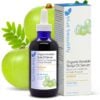
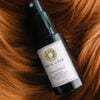



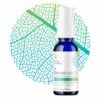
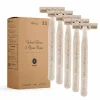
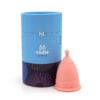
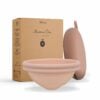
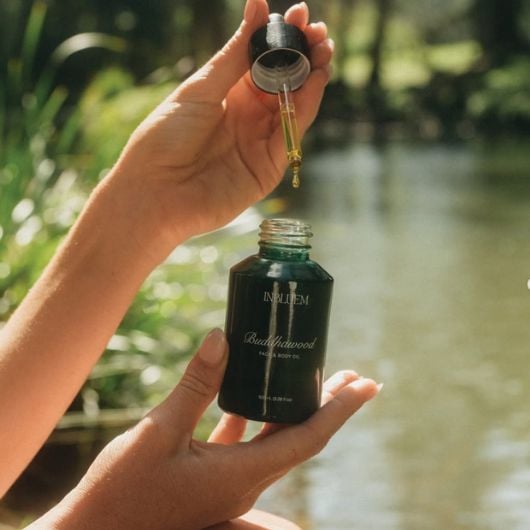










 Beauty Producten
Beauty Producten Merken van A-Z
Merken van A-Z Welzijn
Welzijn Gezondheid / Voeding
Gezondheid / Voeding